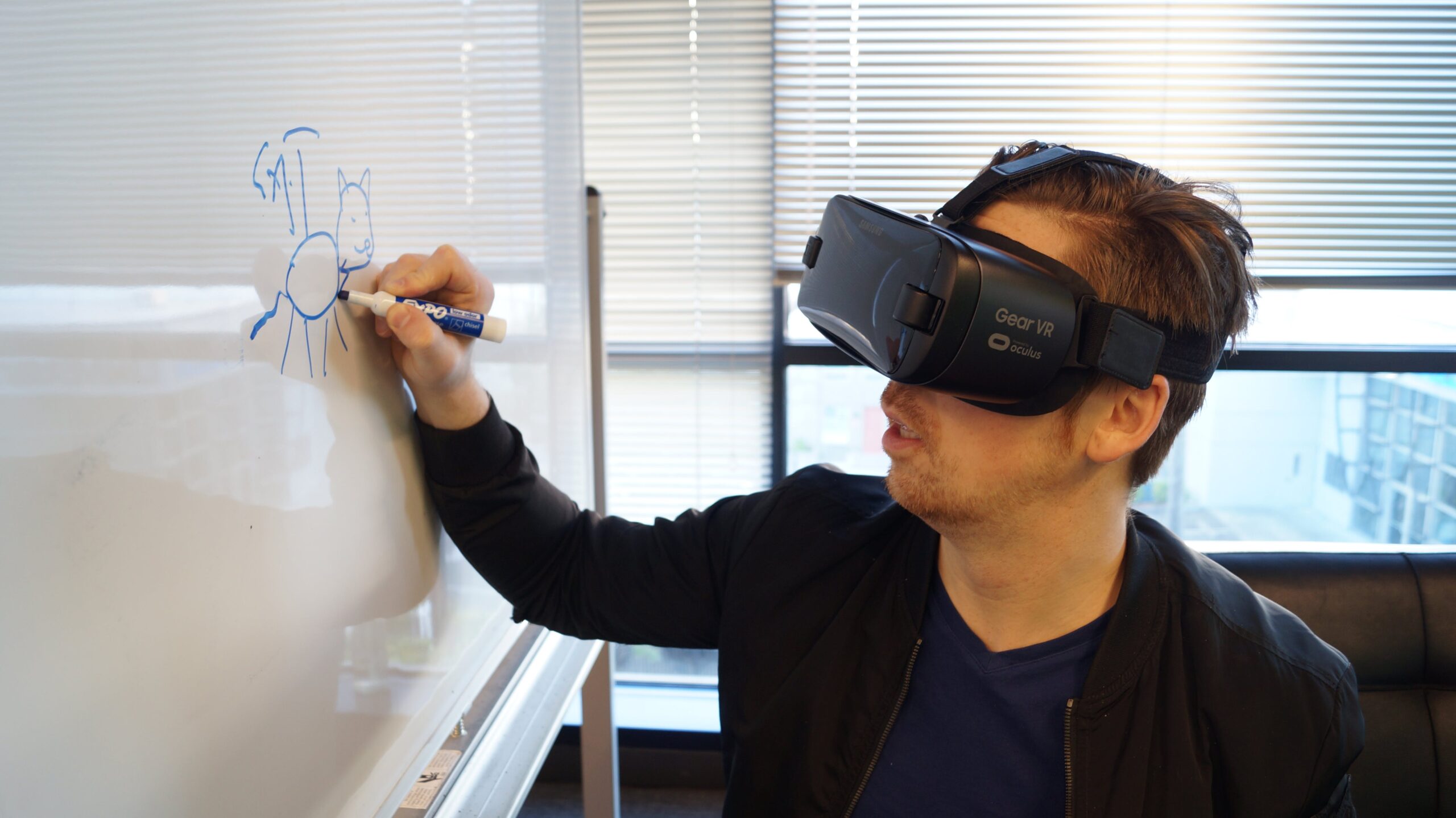
Augmented Reality (AR) has emerged as a game-changing technology in the retail industry, transforming shopping experiences and customer engagement.
Studies project that the global AR market in retail will reach $11.14 billion by 2025, showcasing the substantial impact and rapid adoption of AR in revolutionizing the retail landscape.
AR integrates digital information and virtual elements into the physical world, offering immersive and interactive experiences for consumers while reshaping the way retailers showcase products, engage customers, and drive sales.
AR in retail offers innovative ways to enhance customer interactions and personalize shopping experiences. By leveraging AR applications, retailers can provide virtual try-on experiences for apparel, allowing customers to visualize how clothing items look and fit before making a purchase. This technology extends beyond clothing to accessories, footwear, and even furniture, enabling customers to virtually place items in their physical space to assess size, style, and compatibility.
Furthermore, AR in retail extends beyond the physical store environment to online and mobile platforms. E-commerce platforms leverage AR technology to provide virtual try-on experiences for online shoppers. Customers can use their smartphones or devices to visualize products in their own environment through AR, enhancing their confidence in purchasing items online, particularly for products like eyewear, cosmetics, or home decor. This integration of AR in online retail creates a more immersive and interactive shopping experience, reducing the hesitation associated with purchasing items without physically trying them.
Additionally, augmented reality enhances customer engagement through interactive storytelling and brand experiences. Retailers utilize AR-enabled campaigns and experiences to create interactive narratives, enabling customers to engage with brands in unique and memorable ways. AR-powered marketing campaigns, such as scavenger hunts, interactive advertisements, or immersive brand experiences, captivate the audience’s attention, fostering deeper connections between consumers and brands while driving brand recall and loyalty.
Coding Brains remains at the forefront of leveraging augmented reality’s potential in the retail sector. With our expertise in software development, we strive to craft innovative AR solutions that elevate retail experiences, whether in physical stores or online platforms. By embracing AR technology, we aim to empower retailers with immersive and personalized shopping experiences that resonate with modern consumers, driving engagement, and enhancing brand loyalty.
Moreover, AR-powered product visualization and demonstrations enable customers to explore and interact with products in a more engaging manner. Retailers can utilize AR to showcase detailed product features, offer 360-degree views, and provide immersive product demonstrations, fostering better understanding and engagement among consumers. For example, cosmetics brands leverage AR to enable customers to virtually try makeup products, experimenting with various shades and styles in real time.
The integration of AR in retail also enhances in-store navigation and customer engagement. AR-enabled apps guide shoppers through stores, offering interactive maps, product recommendations, and promotions based on their preferences and location within the store. Retailers leverage AR to create gamified experiences, scavenger hunts, or interactive displays that engage customers and drive foot traffic within brick-and-mortar stores.
In conclusion, Augmented Reality‘s integration into retail is revolutionizing how consumers shop and interact with products. At Coding Brains, our software development company acknowledges the immense potential of AR in enhancing retail experiences. We are dedicated to crafting innovative AR solutions for retailers, leveraging this technology to create immersive, personalized, and engaging shopping experiences that redefine consumer interactions.


Leave a Reply